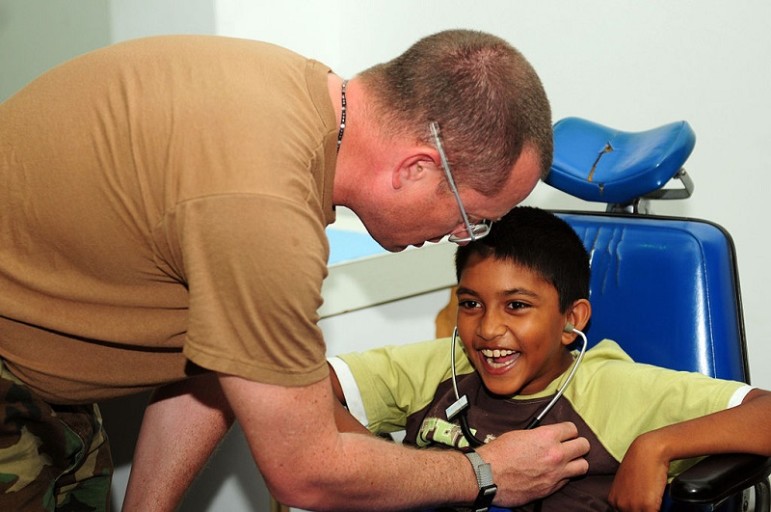
January 22, 2016; Newsday
The ever-changing and ever-evolving nonprofit tech movement continues its efforts to fill voids where they find them, further expanding the abilities and purviews of the nonprofit sector. One such absence needing to be filled is a consolidated place where caretakers or loved ones can find the resources and tools they need to assist the developmentally disabled.
Harvey Weisenberg was a New York State Assemblyman representing Long Beach from 1989 until his retirement in 2014. During that time and since, he and his family have been diligent advocates for the developmentally disabled, spurred in part by the limitations of their son, Ricky. Difficulties accessing information and navigating programs in various agencies for their son over the years led the Weisenbergs to create a nonprofit to help others find those resources themselves.
The Harvey and Ellen Weisenberg Special Needs Resource Corp. received its 501(c)(3) in November of 2015. In and it is planning on launching the online app for smartphones in February. In February, it will launch an app for smartphones that will be a one-stop site for information about a variety of New York agencies, social service programs, laws, and other material to assist caregivers and families in finding what they specifically require. According to Harvey, the design and resources included in the app are all based on his own experience traversing the difficult road as a parent of a special needs child.
Sign up for our free newsletters
Subscribe to NPQ's newsletters to have our top stories delivered directly to your inbox.
By signing up, you agree to our privacy policy and terms of use, and to receive messages from NPQ and our partners.
“I know what it’s like not to have the resources available to make the decisions that are best for your family,” said Harvey.
David E. Feldman is the program director for the new nonprofit. He is hoping to expand the app to a variety of disabilities and other states, but at the moment, the goal for the app is to serve the New York State population.
As with any nonprofit tech endeavor, we expect that there may be hindrances. In particular, we wonder whether the app could have been created in conjunction with an established organization with expertise in such issues. Will the information in the app encourage more questions than it answers? Are the individuals running the nonprofit qualified to answer those questions?
But, in some ways, those who have had to manage their way through a system that’s not family-friendly may have the right qualifications for creating the needed footpaths, bridges, and maps. That’s what this sector is at its best, after all: a set of solutions to collective problems, pursued by people who know them first hand.—Marian Conway













